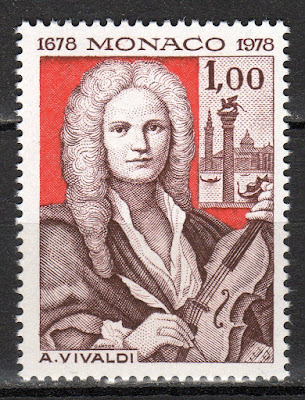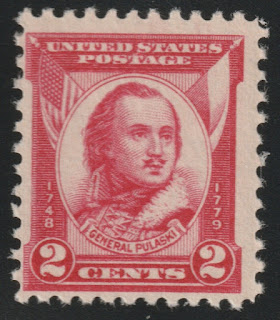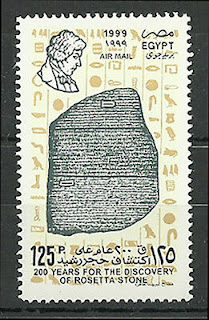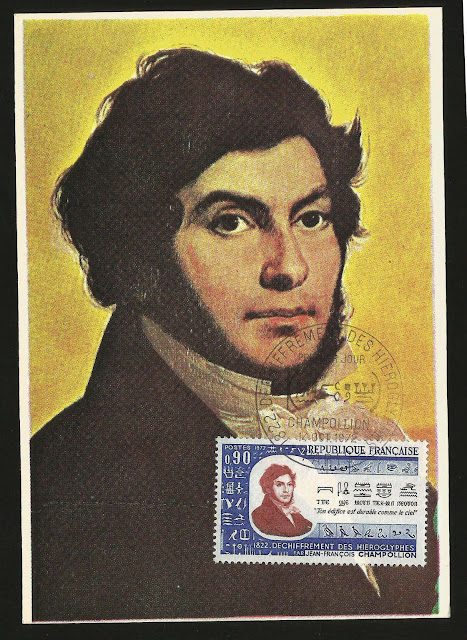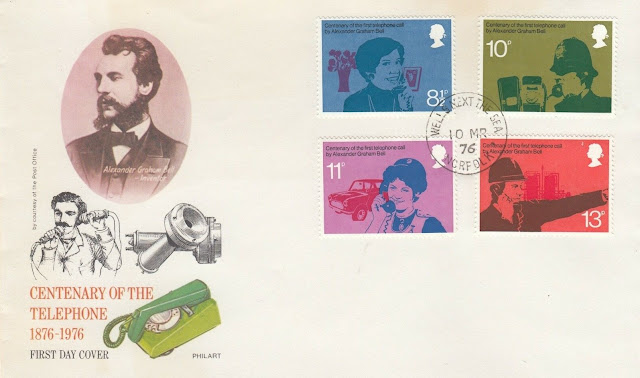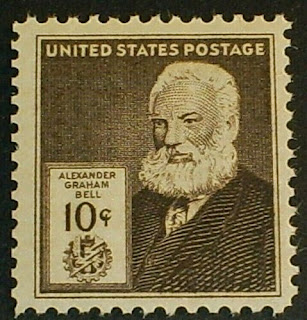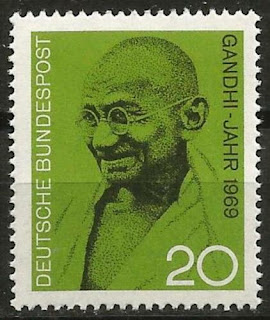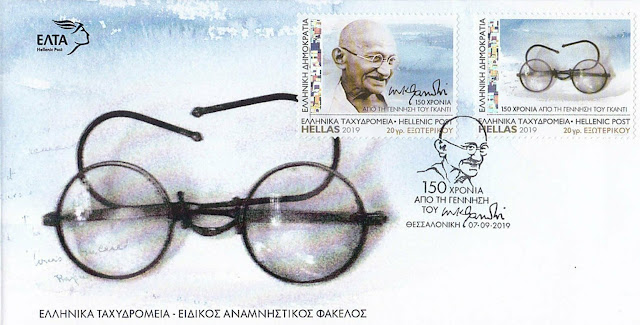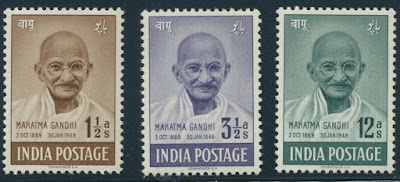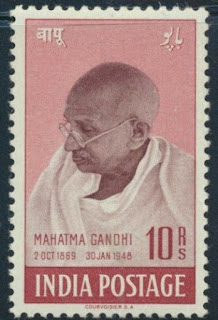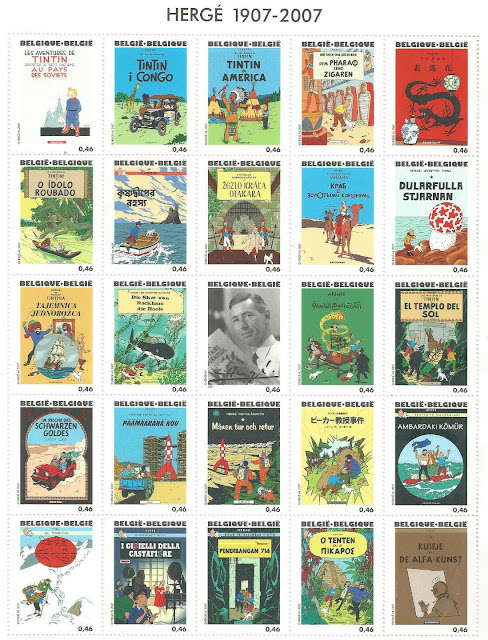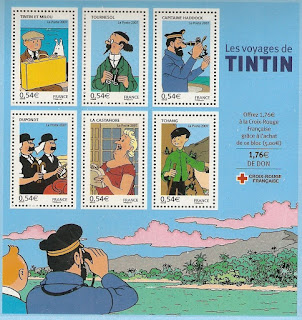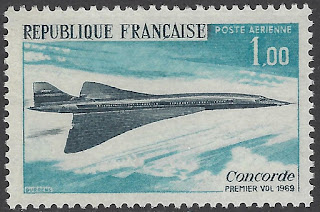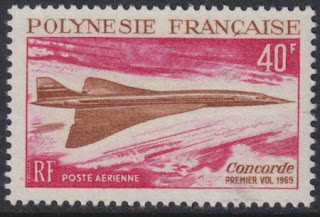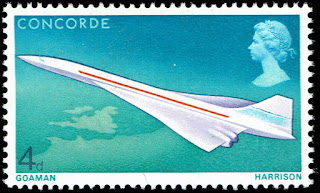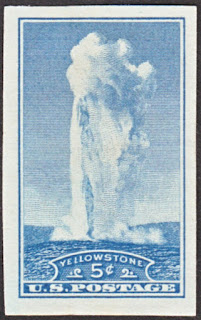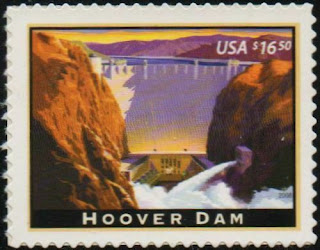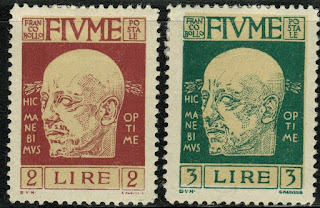1678 Born: Antonio Vivaldi, Italian violinist and composer (d. 1741)
Antonio Lucio Vivaldi (4 March 1678 – 28 July 1741) was an Italian Baroque musical composer, virtuoso violinist, teacher, and priest. Born in Venice, the capital of the Venetian Republic, he is regarded as one of the greatest Baroque composers, and his influence during his lifetime was widespread across Europe. He composed many instrumental concertos, for the violin and a variety of other instruments, as well as sacred choral works and more than forty operas. His best-known work is a series of violin concertos known as the Four Seasons.
Many of his compositions were written for the all-female music ensemble of the Ospedale della Pietà, a home for abandoned children. Vivaldi had worked there as a Catholic priest for 1 1/2 years and was employed there from 1703 to 1715 and from 1723 to 1740. Vivaldi also had some success with expensive stagings of his operas in Venice, Mantua and Vienna. After meeting the Emperor Charles VI, Vivaldi moved to Vienna, hoping for royal support. However, the Emperor died soon after Vivaldi's arrival, and Vivaldi himself died, in poverty, less than a year later.
Some stamps from Italy, Monaco and FYR of Macedonia depicting Vivaldi
1745 Born: Casimir Pulaski, Polish-American general (d. 1779)
Kazimierz Michał Władysław Wiktor Pułaski of Ślepowron (March 4 or March 6, 1745 – October 11, 1779) was a Polish nobleman, soldier and military commander who has been called, together with his counterpart Michael Kovats de Fabriczy, "the father of the American cavalry".
Born in Warsaw and following in his father's footsteps, he became interested in politics at an early age and soon became involved in the military and the revolutionary affairs in the Polish–Lithuanian Commonwealth. Pulaski was one of the leading military commanders for the Bar Confederation and fought against Russian domination of the Commonwealth. When this uprising failed, he was driven into exile. Following a recommendation by Benjamin Franklin, Pulaski travelled to North America to help in the cause of the American Revolutionary War. He distinguished himself throughout the revolution, most notably when he saved the life of George Washington. Pulaski became a general in the Continental Army, created the Pulaski Cavalry Legion and reformed the American cavalry as a whole. At the Battle of Savannah, while leading a daring charge against British forces, he was gravely wounded, and died shortly thereafter.
Pulaski is remembered as a hero who fought for independence and freedom in both Poland and the United States. Numerous places and events are named in his honor, and he is commemorated by many works of art. Pulaski is one of only eight people to be awarded honorary United States citizenship.
US stamp and a First Day Cover depicting Casimir Pulaski
1797 – John Adams is inaugurated as the 2nd President of the United States of America, becoming the first President to begin his presidency on March 4.
John Adams (October 30, 1735 – July 4, 1826) was an American statesman, attorney, diplomat, writer, and Founding Father who served as the second president of the United States from 1797 to 1801. Before his presidency he was a leader of the American Revolution that achieved independence from Great Britain, and also served as the first vice president of the United States. Adams was a dedicated diarist and regularly corresponded with many important figures in early American history including his wife and adviser, Abigail, and his letters and other papers are an important source of historical information about the era.
United States stamps depicting John Adams
1832 Died: Jean-François Champollion, French philologist and scholar (b. 1790)
Jean-François Champollion, also known as Champollion le jeune ('the Younger') (23 December 1790 – 4 March 1832), was a French scholar, philologist and orientalist, known primarily as the decipherer of Egyptian hieroglyphs and a founding figure in the field of Egyptology. A child prodigy in philology, he gave his first public paper on the decipherment of Demotic in 1806, and already as a young man held many posts of honor in scientific circles, and spoke Coptic and Arabic fluently. During the early 19th-century, French culture experienced a period of 'Egyptomania', brought on by Napoleon's discoveries in Egypt during his campaign there (1798–1801) which also brought to light the trilingual Rosetta Stone. Scholars debated the age of Egyptian civilization and the function and nature of hieroglyphic script, which language if any it recorded, and the degree to which the signs were phonetic (representing speech sounds) or ideographic (recording semantic concepts directly). Many thought that the script was only used for sacred and ritual functions, and that as such it was unlikely to be decipherable since it was tied to esoteric and philosophical ideas, and did not record historical information. The significance of Champollion's decipherment was that he showed these assumptions to be wrong, and made it possible to begin to retrieve many kinds of information recorded by the ancient Egyptians.
Champollion lived in a period of political turmoil in France which continuously threatened to disrupt his research in various ways. During the Napoleonic Wars, he was able to avoid conscription, but his Napoleonic allegiances meant that he was considered suspect by the subsequent Royalist regime. His own actions, sometimes brash and reckless, did not help his case. His relations with important political and scientific figures of the time, such as Joseph Fourier and Silvestre de Sacy helped him, although in some periods he lived exiled from the scientific community.
In 1820, Champollion embarked in earnest on the project of decipherment of hieroglyphic script, soon overshadowing the achievements of British polymath Thomas Young who had made the first advances in decipherment before 1819. In 1822, Champollion published his first breakthrough in the decipherment of the Rosetta hieroglyphs, showing that the Egyptian writing system was a combination of phonetic and ideographic signs – the first such script discovered. In 1824, he published a Précis in which he detailed a decipherment of the hieroglyphic script demonstrating the values of its phonetic and ideographic signs. In 1829, he traveled to Egypt where he was able to read many hieroglyphic texts that had never before been studied, and brought home a large body of new drawings of hieroglyphic inscriptions. Home again he was given a professorship in Egyptology, but only lectured a few times before his health, ruined by the hardships of the Egyptian journey, forced him to give up teaching. He died in Paris in 1832, 41 years old. His grammar of Ancient Egyptian was published posthumously.
During his life as well as long after his death intense discussions over the merits of his decipherment were carried out among Egyptologists. Some faulted him for not having given sufficient credit to the early discoveries of Young, accusing him of plagiarism, and others long disputed the accuracy of his decipherments. But subsequent findings and confirmations of his readings by scholars building on his results gradually led to general acceptance of his work. Although some still argue that he should have acknowledged the contributions of Young, his decipherment is now universally accepted, and has been the basis for all further developments in the field. Consequently, he is regarded as the "Founder and Father of Egyptology".
Stamps from Egypt, France, Monaco depicting Champollion or the Rosetta Stone


